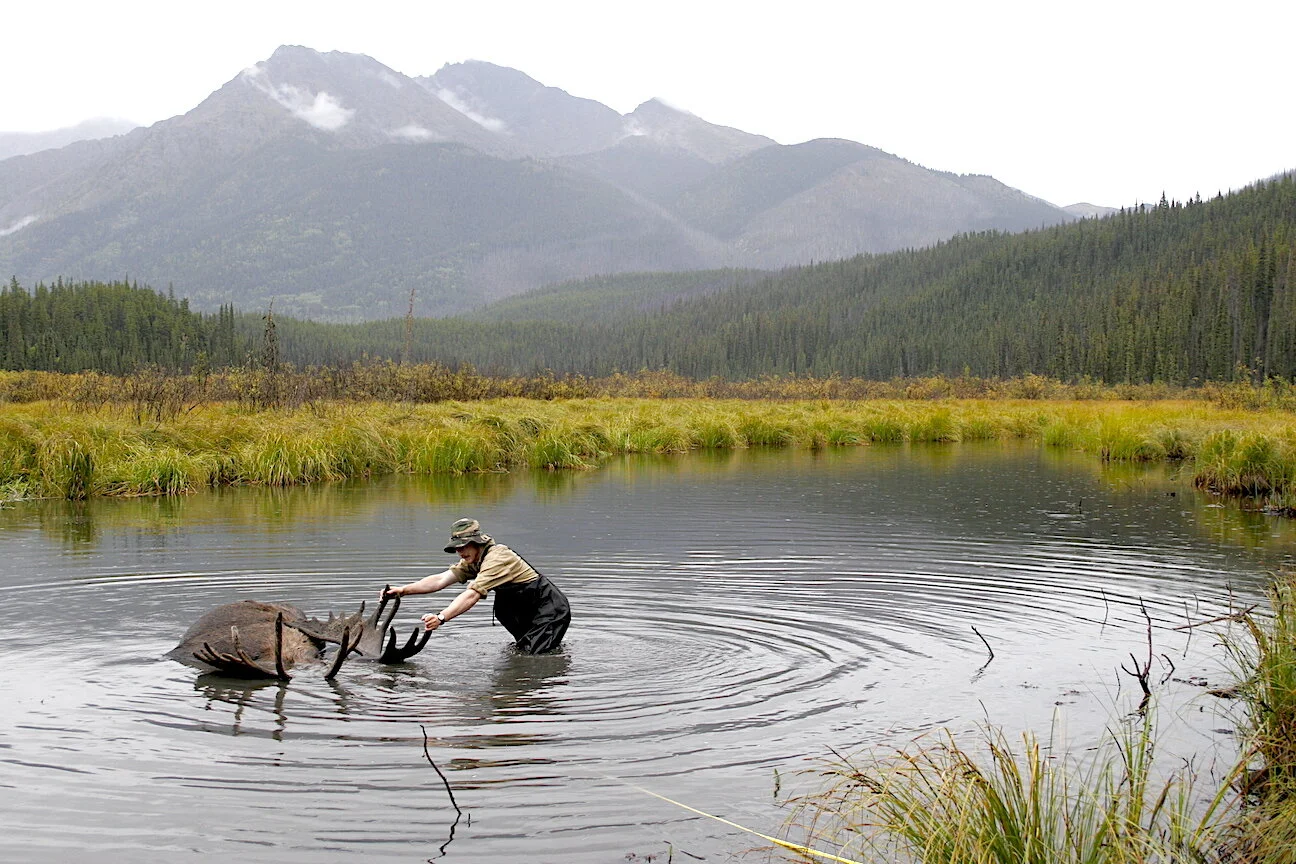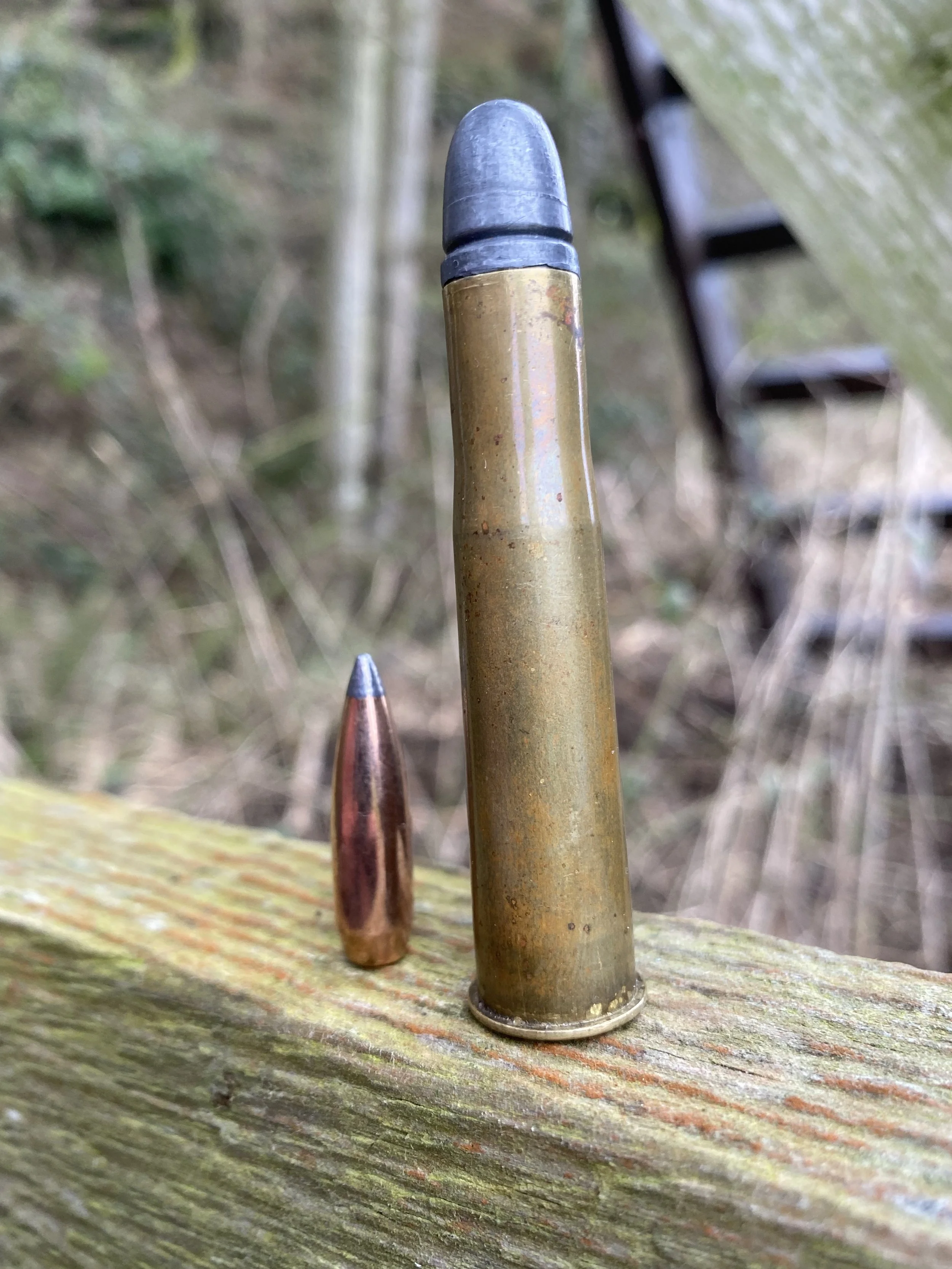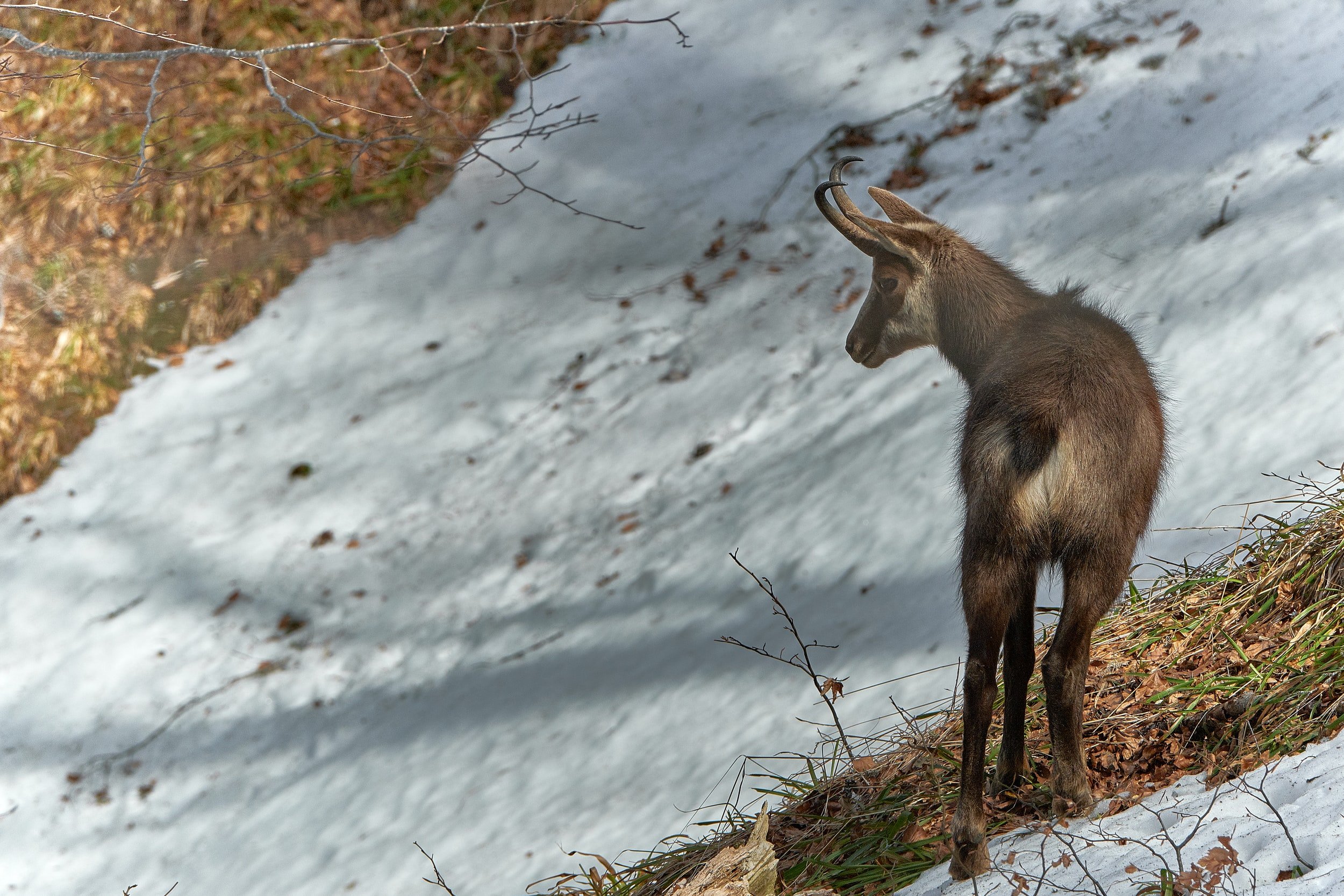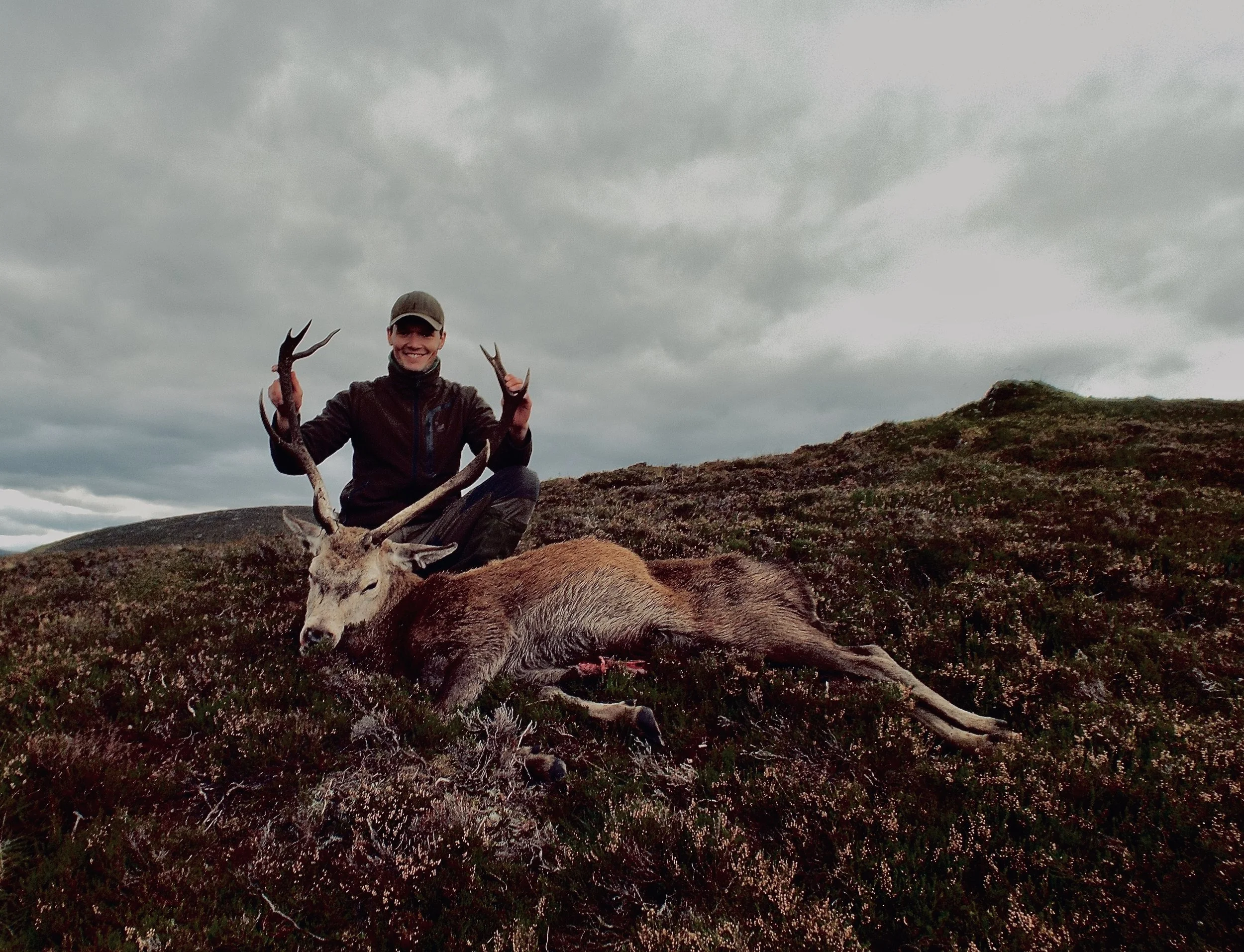Enjoy Namibian Photo Safari Bonus
My last blog about Africa safari hunting prompted reader questions about Namibian photo safari potential. Can one hunt and photograph simultaneously?
Absolutely.
Photo shows face of zebra, a classic Namibian photo safari subject.
Zebra are common on Namibian hunting farms and a classic subject for a Namibian photo safari. I took this shot from the window of the truck.
Most hunting safaris involve considerable driving. You arise at dawn and drive far afield to suitable hunting habitats. Throughout the day you drive while looking for game. Much of it shows up beside the trails, up close and personal.
This is just how photographic safaris are conducted with one exception: on most hunting safaris, unlike photo safaris in National Parks and conservation areas, you actually get out of the vehicle to walk, hike, and stalk. Believe me, that feels mighty good after a few hours of butt riding. In addition, most hunting operations maintain blinds at waterholes where you can sit with a camera and capture all kinds of birds and mammals.
Carming bee eaters are a bird you might photograph on your Namibian photo safari.
Carmine bee eaters are a brilliant, "exotic" bird you might get to photograph near water on a Namibian photo safari. They really color a hunt.
While hunting farms and conservancies support most plains game animals from dik dik to giraffe, few have the big, dangerous species. For lion, elephant, rhino, and buffalo, you usually need to visit a national park. Most PHs (oufitters) can guide you or arrange for you to get into those parks. Werner and Charissa von Seydlitz of Immenhofhunting.com have chauffeured us through Etosha National Park and Namib Naukluft National Park during each of our hunts with them. Not a single hunter in our groups has complained about those tours!
A black rhino is one species you'll find on a Namibian photo safari to Etosha National Park.
There are supposedly more rhinos on a few private farms in southern Africa than in its Parks, but you'll probably need a pre-hunt trip to a park to capture one. PH Werner von Seydlitz of
was driving the truck when this young bull charged.
My advice is to schedule a park photo safari for two or three days prior to your hunt. This takes the edge off, let's you shake off jet lag, and gets you familiar with new species so when your hunting PH says "look at those oryx!" you don't wonder which beasts he's talking about. Yes, you often see four or five species at once!
Oryx, also called gemsbuck, one of the most abundant native antelope you'll see on your Namibian photo safari.
Oryx are an iconic antelope of the southern African deserts. You should see hundreds on any Namibian photo safari or hunting trip.
While photographing and hunting, you'll likely ride on a high seat in the back of a pickup, possibly in the regular seat of a truck or van. Either way, you should have plenty of room for a camera and telephoto lens. I recommend a 100-400 zoom or longer. Such a lens is incredibly versatile and prevents frequent lens changes, which risks dust on the sensor. I like a second camera with shorter lens for landscapes.
Image show a safari vehicle with photographers riding in the high seat in back.
Namibian hunting and photo safaris are usually conducted from trucks or vans where clients ride with a good view. Most photos can be captured from atop these rigs, but on hunting farms you're also free to hike and stalk.
Set the camera for fast action in all lighting conditions. I push the ISO as high as I'm willing to tolerate at dawn in order to keep shutter speeds high enough to stop shake. I'll set f-stop wide open for the same reason. As the light increases, I dial down ISO and stop down as necessary. A shutter speed of 1/500 second should stop most camera shake/blur and most moving animals except birds. I go to 1/1000th whenever possible. For landscapes I'll have plenty of time to set up and stop down for maximum depth-of-focus.
A big boar warthog in early morning light illustrates why keeping a high shutter speed is important.
A boar warthog in early morning light illustrates why it's smart to keep your long telephoto lens ready and camera set for fast action.
Tripods are usually not convenient, but bean bags are. Buy or sew a large bag with a zippered opening to take on your safari. In-country, buy dried beans, corn, rice, etc. and fill the bag. Then drape it over the windowsill, hood, rack, etc. to steady your shots. Bean bags work beautifully on the ground, too.
I do travel with a small tripod that collapses to about 16 inches. It's welcomed for low light landscapes, star shots, campfires, etc.
Don't forget battery chargers, a couple of extra SD cards, and one or two spare batteries. Search "electrical converter travel plugs" for your safari destination (Namibia) and buy one or two. One is really all you'll need if you add a US strip outlet. Plug this into the converter and you can charge smartphone, camera, and laptop at the same time.
Hunters concerned with the high cost of taxidermy and shipping of skins and horns might consider the benefits of two dimensional trophies. A photo of that big kudu or nyala isn't as satisfying as the actual hide and horns, but a lot less expensive and a lot easier to dust when you get it on the wall.
Image shows a long haired nyala bull.
A mature nyala bull takes hair to a new level, using a long mane and roach to increase its apparent size and intimidate younger bulls. Nyala are prized by hunters and photographers.
By the way, photographic safaris on hunting farms help those farmers maintain and increase their wildlife. Years ago most big game was cleared out to make the land safe for domestic livestock. Since the late 1970s many farmers have realized that native ungulates more efficiently utilize native vegetation, maximizing meat production while simultaneously enhancing tourism. So they've restocked native game and reduced or eliminated domestic stock. They fund this by hosting guests attracted to the wildlife. Farmers are triple and quadruple dipping, at it were. Here's how it works:
Image shows domestic cattle on a Namibian farm. These out-of-place domestics are being phased out in favor of more productive and hardy native game. This provides added value to farms via tourism, photography, and hunting.
Few tourists are willing to pay a farmer to see, photograph, or hunt domestic cattle. By replacing foreign cattle with native wildlife, everyone benefits -- especially the wildlife.
The farmers own the wildlife and can sell it just as they would sheep, goats, or cattle. You can buy kudu, ostrich, warthog, etc. in restaurants and supermarkets across southern Africa. In addition to the meat, they can sell the hides. These are the zebra, springbuck, wildbeest, etc. hides you see for sale in the Johannesburg Airport and shops across the region.
Ostrich is just one of the native birds you might photograph on a Namibian photo safari.
Big Bird is alive and well on most Namibian hunting farms. Photograph them while hunting, then eat them for dinner! Sustainable use of native wildlife is a growing dynamic in southern Africa. (Imagine getting kicked or even stepped on by those legs!)
But before they sell their game animals, the farmers make additional income by providing room and board and guiding service to tourists like you and me. Not surprisingly, people are willing to pay several hundred dollars a day to see and photograph zebra, giraffe, steenbuck and other native animals -- but not Angus cattle and domestic sheep.
Photo shows a striped nyala cow and calve nursing, one of the delightful scenes on a Namibian photo safari.
It's not all horns and claws on safari. I captured this nurturing image of a cow nyala nursing her calf on Immenhof, a hunting farm formerly reserved for cattle only.
Once these native animals reach maturity and a certain number must be sent to market to maintain overall health of the native range and brushlands, the farmer minimizes expenses and makes a profit by hiring guest hunters to help bring the meat animal to the processing plant. But, as you already know, he does not pay for this service the way he would pay to have his cattle slaughtered for market. No, he actually charges his guest hunters to handle this chore. And we hunters are happy to pay it!
Image shows a mature, spiral-horned greater kudu bull, commonly seen during a Namibian photo safari
A Namibian photo safari and hunt should include the dramatic, iconic, spiral-horned greater kudu. This one was on Immenhof Farm.
The result of this system: the farmer earns much more from native wildlife than he did cattle. Additional workers find employment as chefs, waiters, maids, drivers, mechanics, trackers, skinners, etc. Visitors live out their safari fantasies, and, most importantly, native wildlife species are again thriving. It is reported that private farmlands in Namibia and South Africa now support more native wildlife than all their National Parks and conservation areas combined. It's sustainable use of Nature.
Photo shows 11 employees working for a Namibian hunting farm.
Just some of the crew employed by a typical Namibian hunting farm providing room and board, wildlife tours, and hunting.
The author has enjoyed many hunting and photographic safaris across southern Africa. Namibia remains one of his favorite destinations.

























